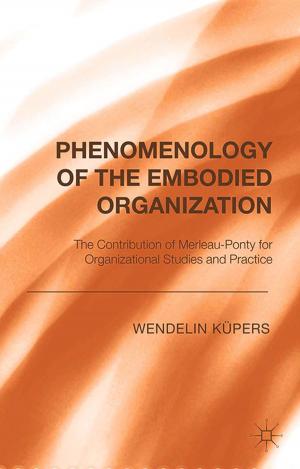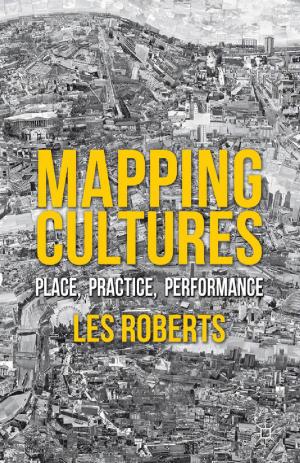Translating Maternal Violence
The Discursive Construction of Maternal Filicide in 1970s Japan
Nonfiction, Social & Cultural Studies, Social Science, Crimes & Criminals, Criminology, Gender Studies| Author: | Alessandro Castellini | ISBN: | 9781137538826 |
| Publisher: | Palgrave Macmillan UK | Publication: | February 28, 2017 |
| Imprint: | Palgrave Macmillan | Language: | English |
| Author: | Alessandro Castellini |
| ISBN: | 9781137538826 |
| Publisher: | Palgrave Macmillan UK |
| Publication: | February 28, 2017 |
| Imprint: | Palgrave Macmillan |
| Language: | English |
This book provides the first full-length, English-language investigation of the multiple and often contradictory ways in which mothers who kill their children were portrayed in 1970s Japan. It offers a snapshot of a historical and social moment when motherhood was being renegotiated, and maternal violence was disrupting norms of acceptable maternal behaviour. Drawing on a wide range of original archival materials, it explores three discursive sites where the image of the murderous mother assumed a distinctive visibility: media coverage of cases of maternal filicide; the rhetoric of a newly emerging women’s liberation movement known as ūman ribu; and fictional works by the Japanese writer Takahashi Takako. Using translation as a theoretical tool to decentre the West as the origin of (feminist) theorizations of the maternal, it enables a transnational dialogue for imagining mothers' potential for violence. This thought-provoking work will appeal to scholars of feminist theory, cultural studies and Japanese studies.
This book provides the first full-length, English-language investigation of the multiple and often contradictory ways in which mothers who kill their children were portrayed in 1970s Japan. It offers a snapshot of a historical and social moment when motherhood was being renegotiated, and maternal violence was disrupting norms of acceptable maternal behaviour. Drawing on a wide range of original archival materials, it explores three discursive sites where the image of the murderous mother assumed a distinctive visibility: media coverage of cases of maternal filicide; the rhetoric of a newly emerging women’s liberation movement known as ūman ribu; and fictional works by the Japanese writer Takahashi Takako. Using translation as a theoretical tool to decentre the West as the origin of (feminist) theorizations of the maternal, it enables a transnational dialogue for imagining mothers' potential for violence. This thought-provoking work will appeal to scholars of feminist theory, cultural studies and Japanese studies.















